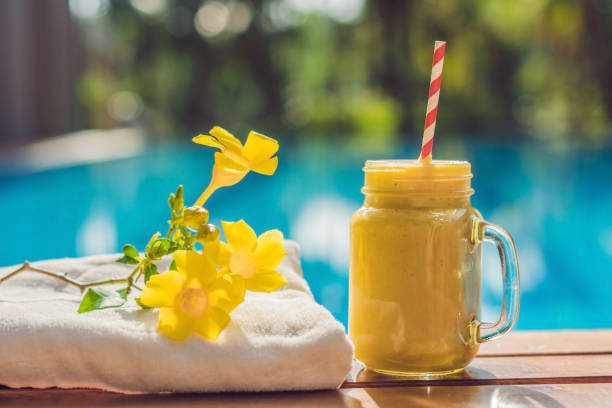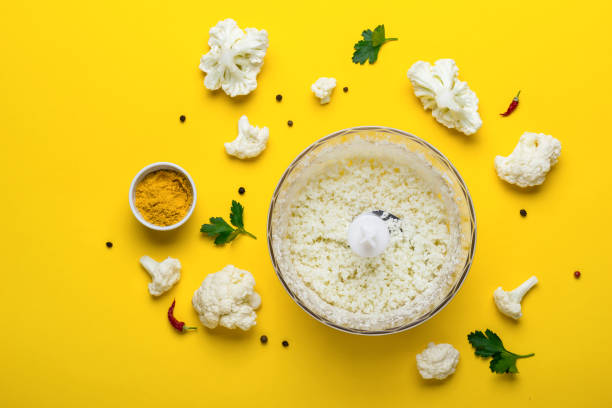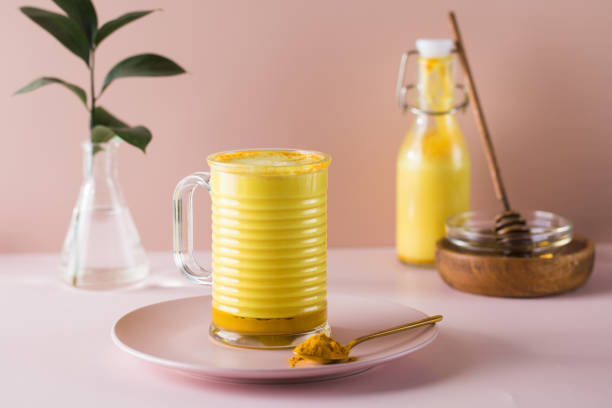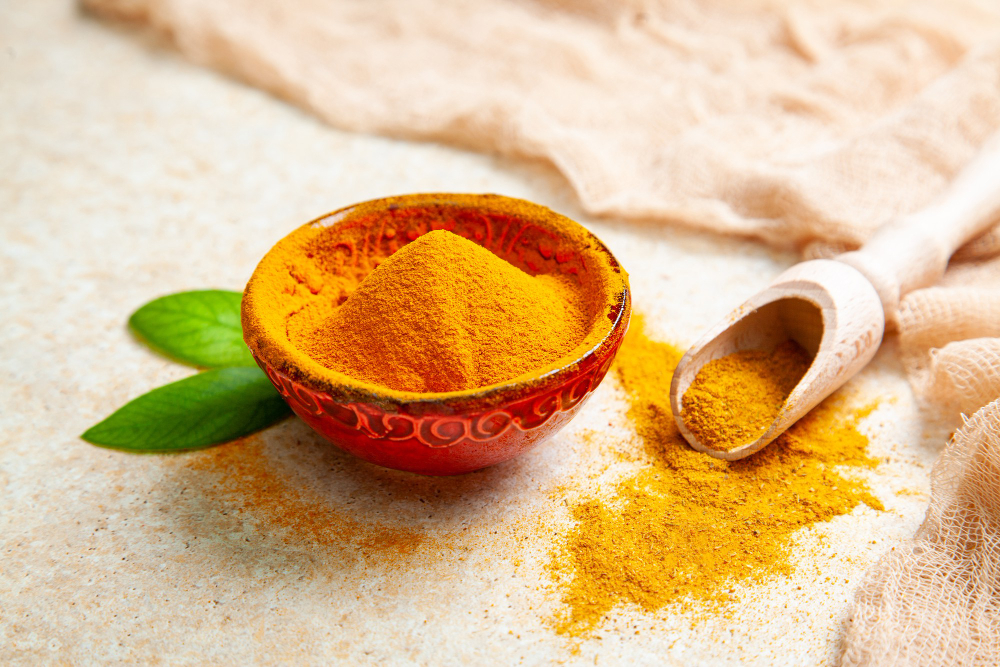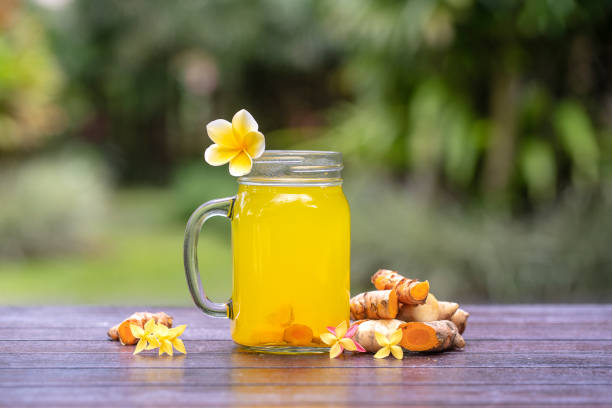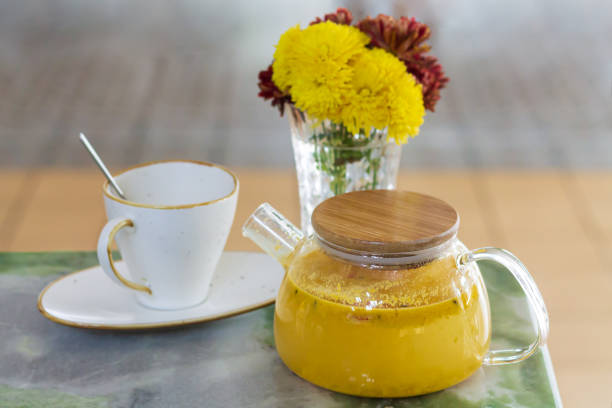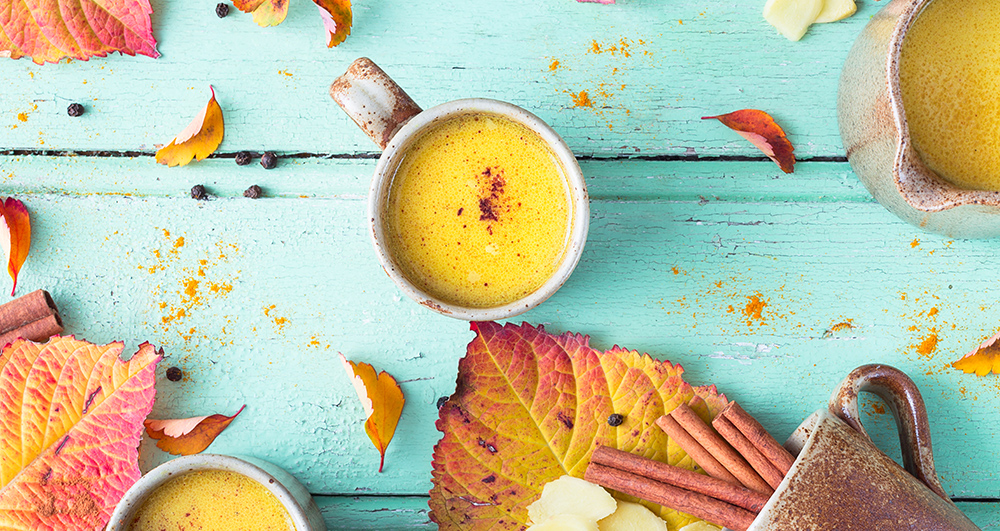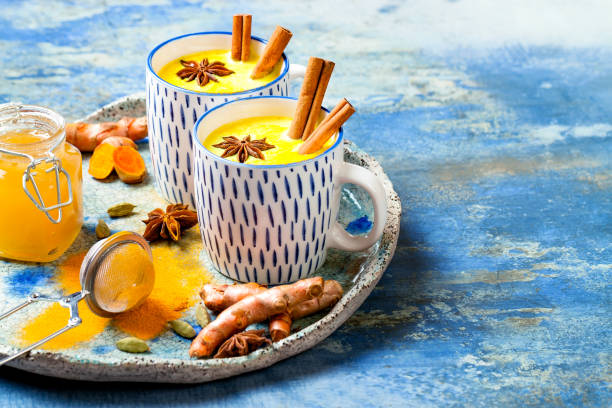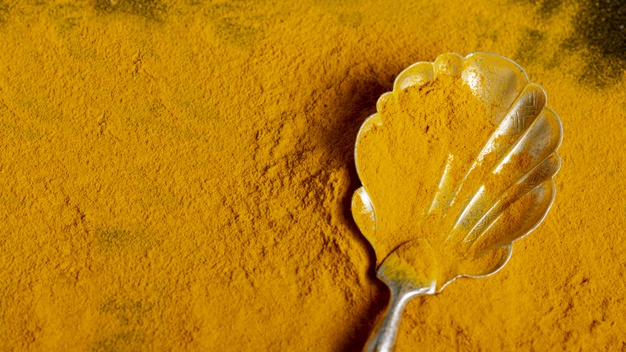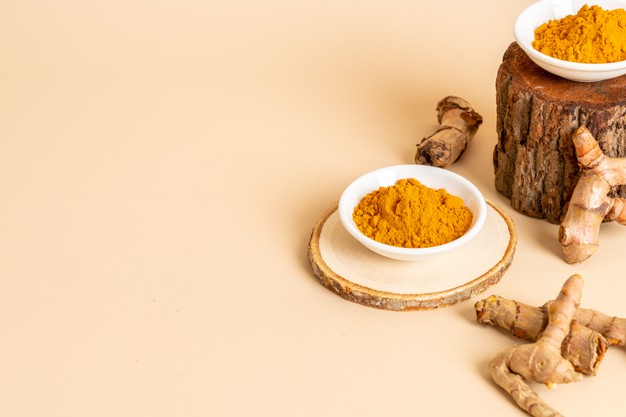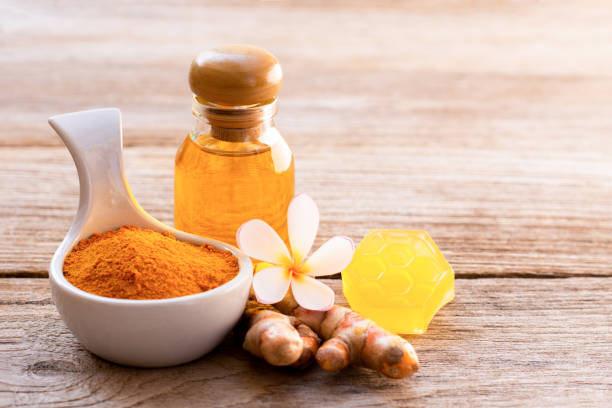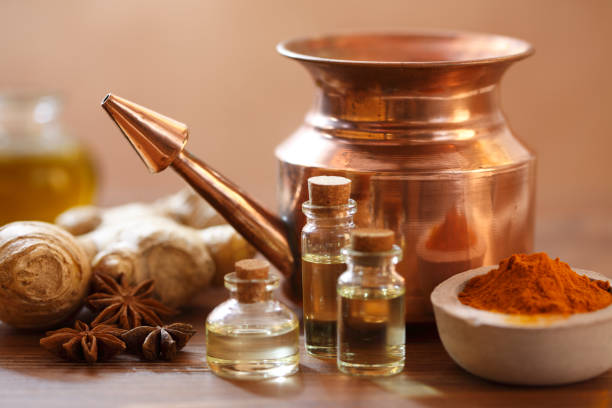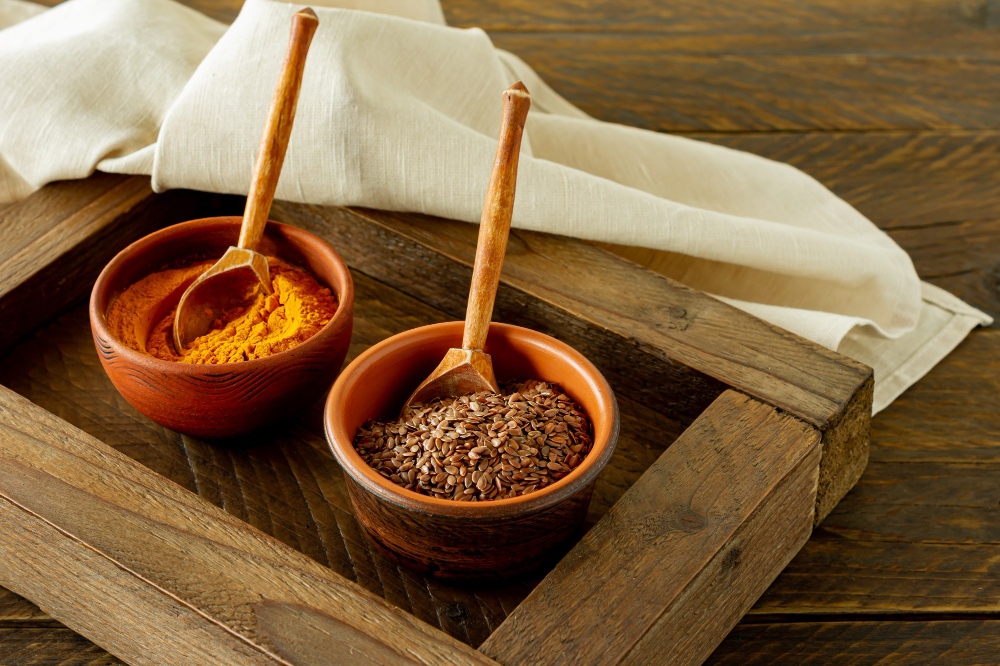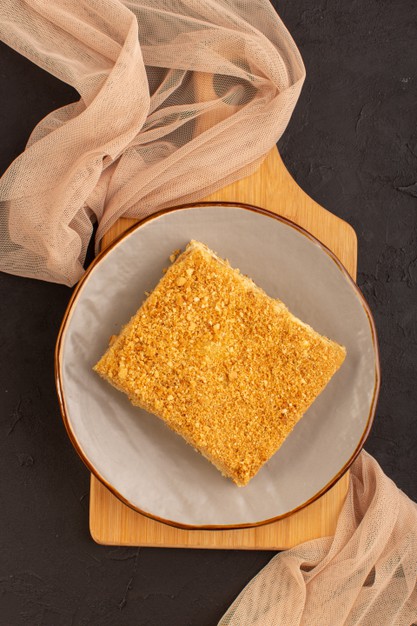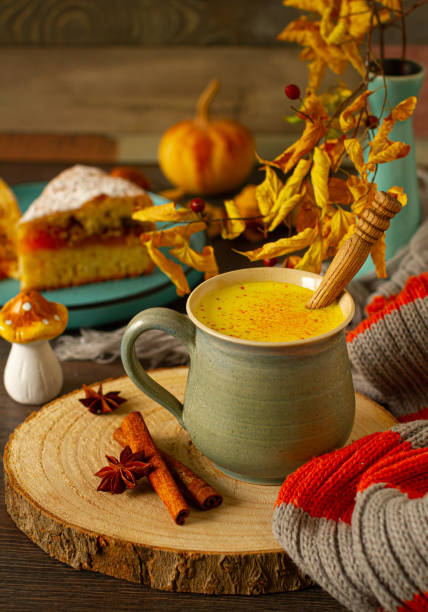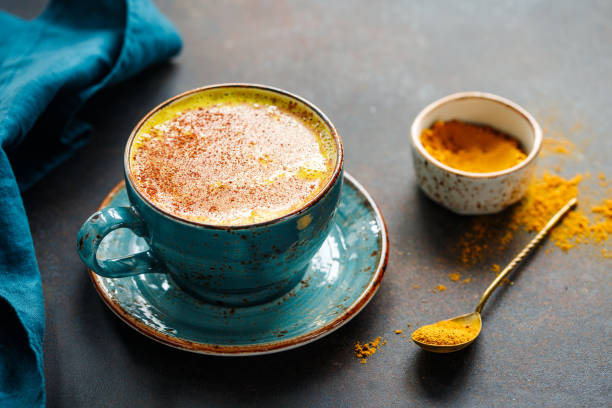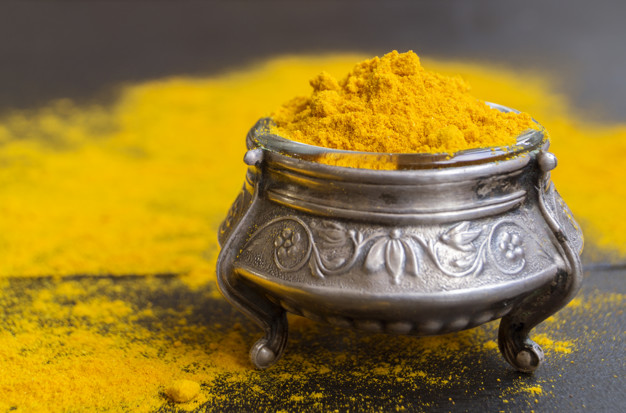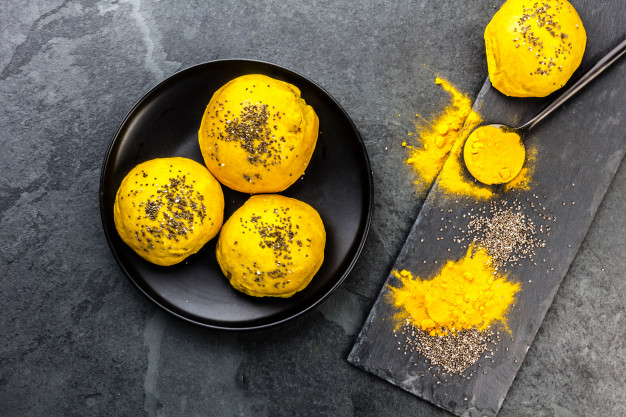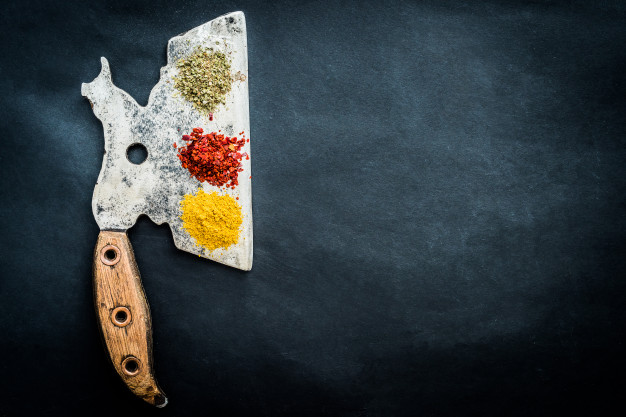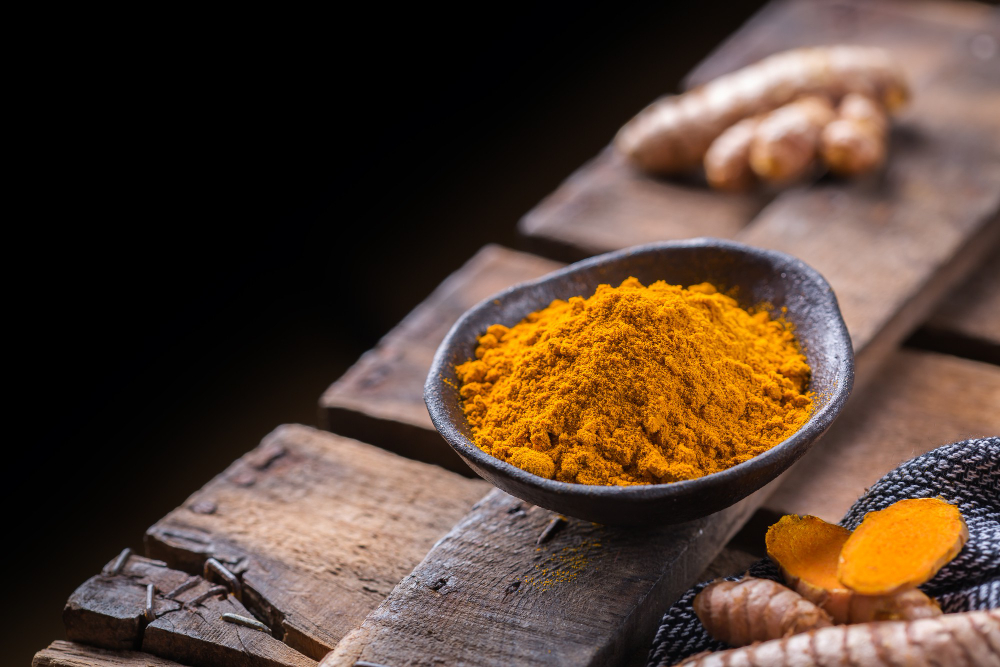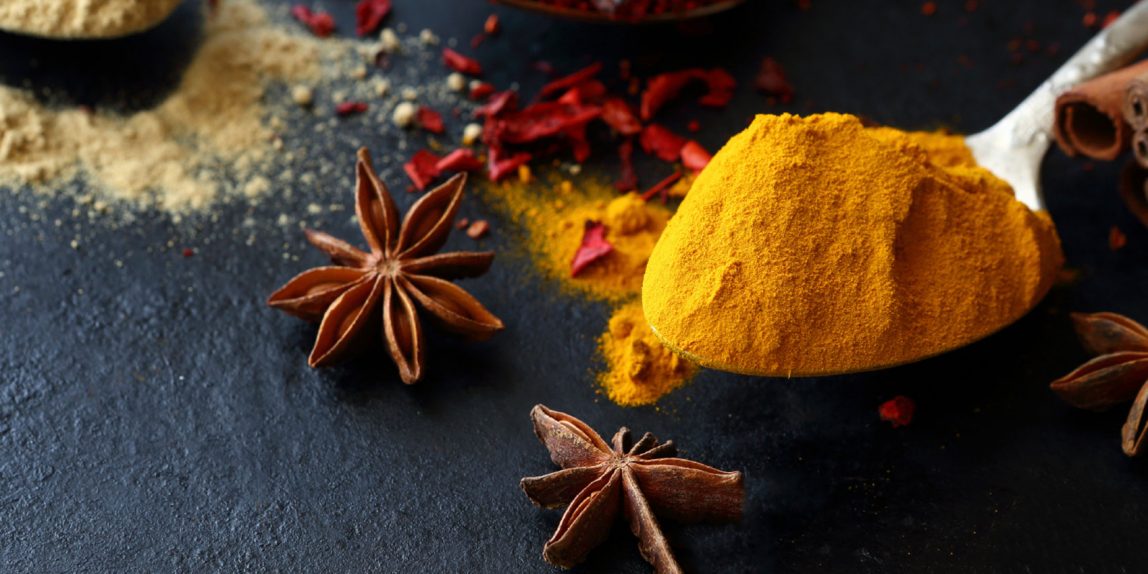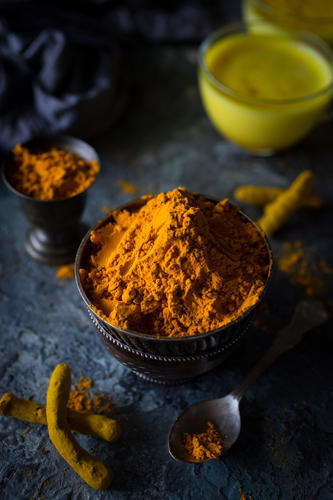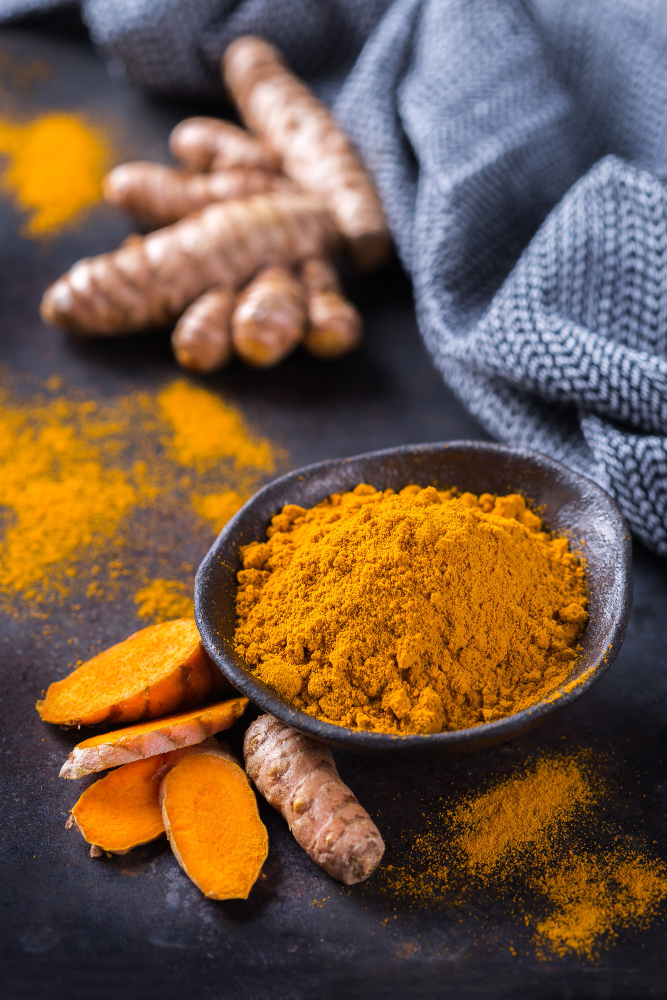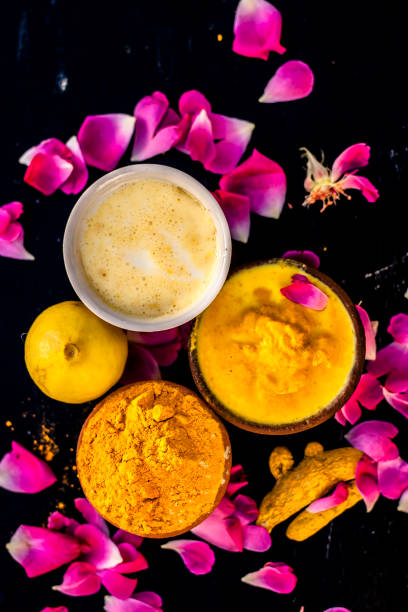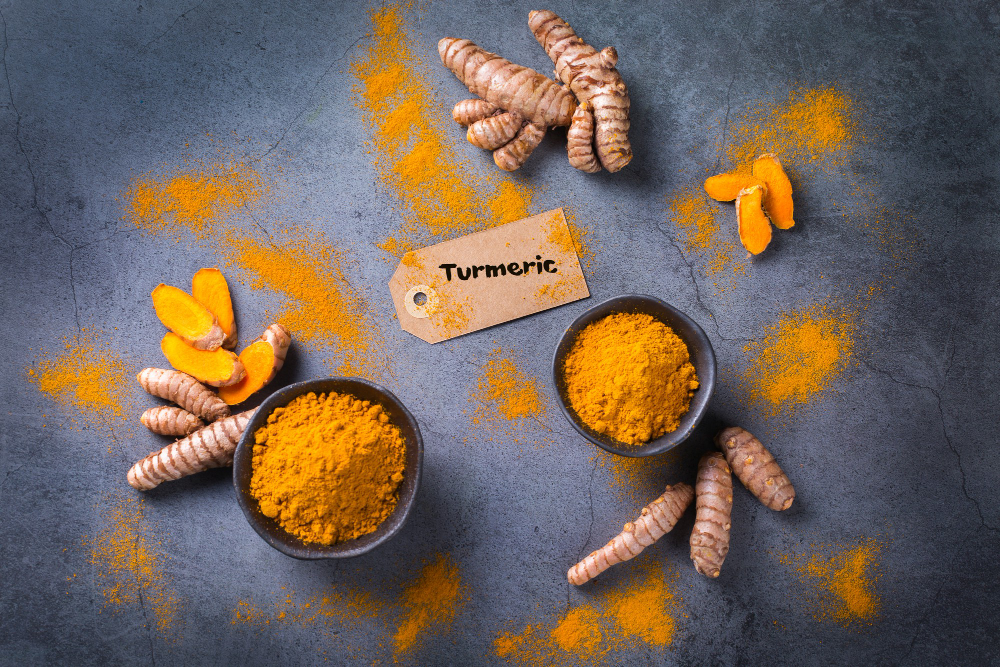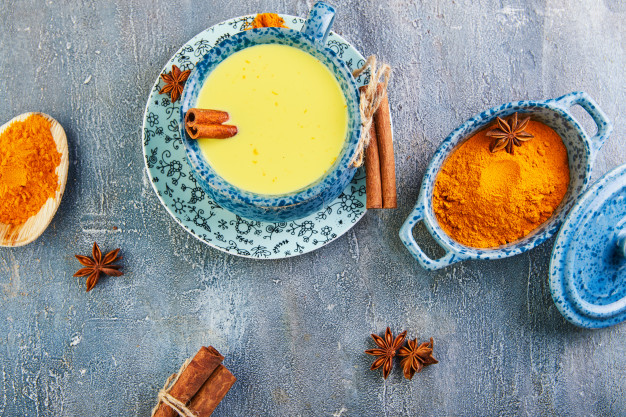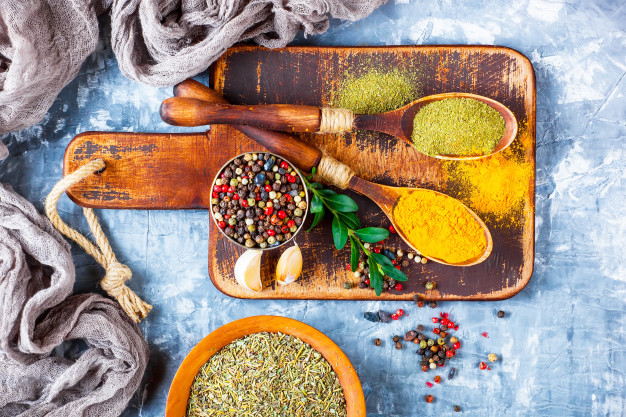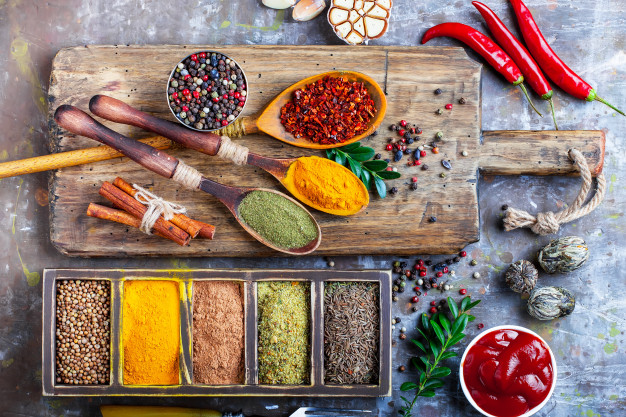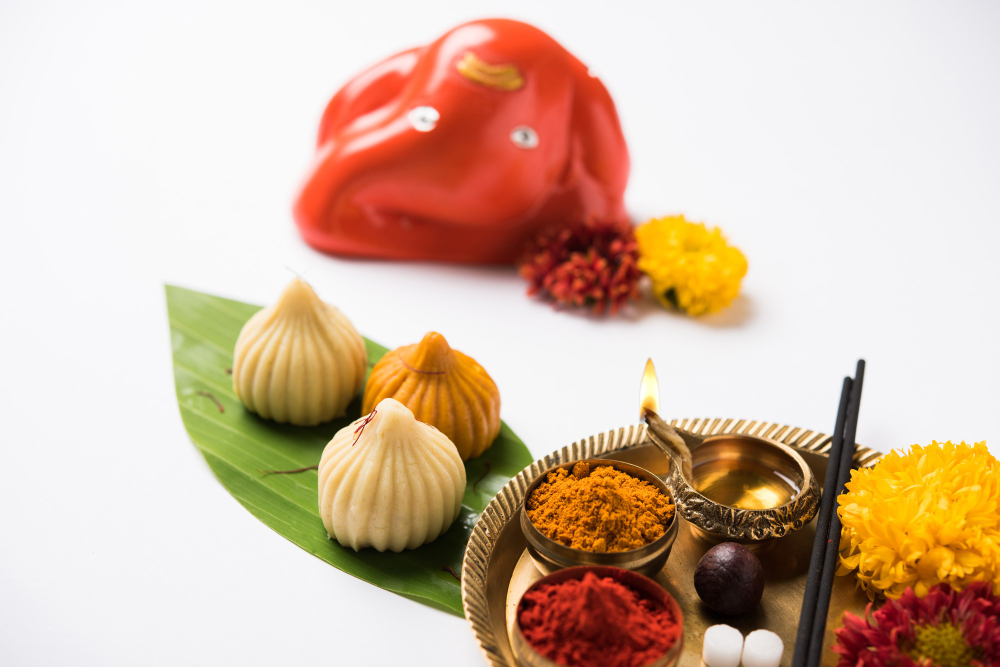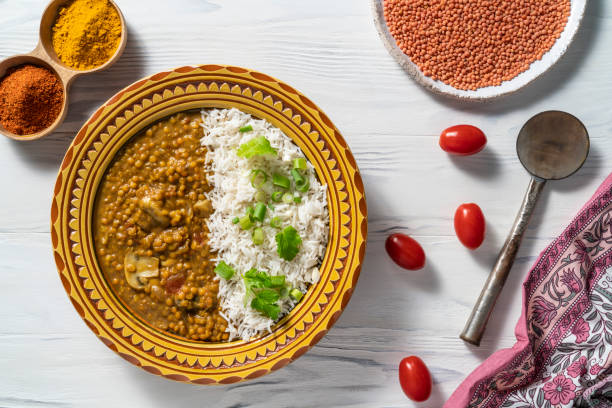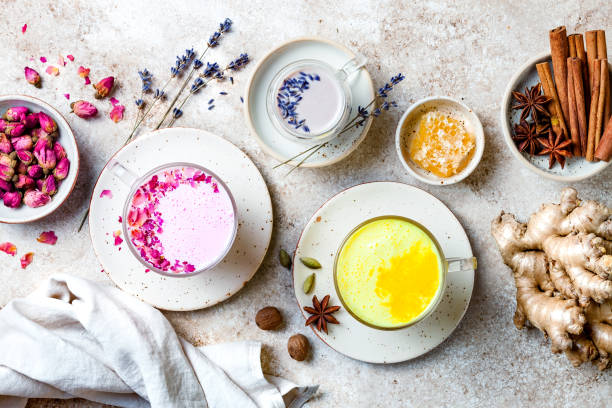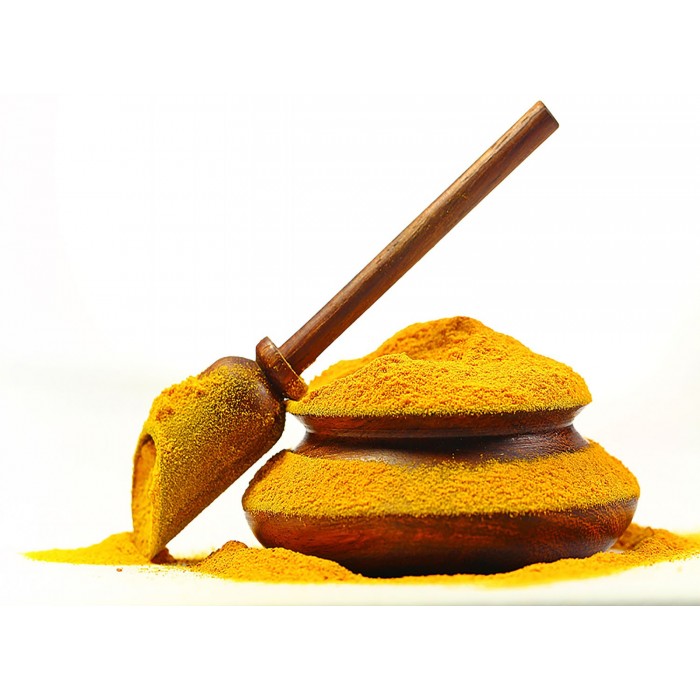
Pétales de Curcuma séchés...
-
Vinaigre de cidre bio...
Prix 5,59 €Poivre long rouge bio...
Du Prix 6,64 €Baie de goji séchée bio du...
Du Prix 5,59 €Dattes rouges chinoises ou...
Du Prix 5,21 €
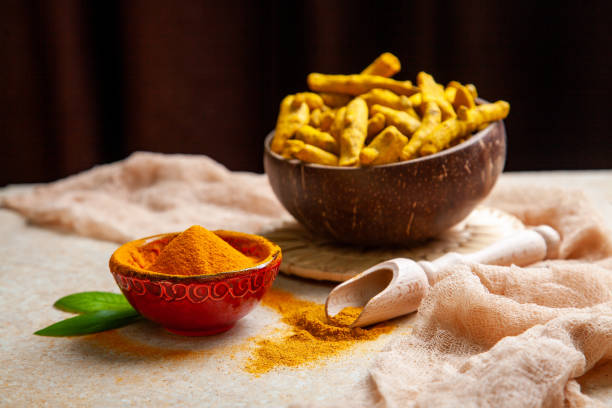
Laissez-vous séduire par notre poudre de curcuma équitable, produite par une coopérative haïtienne à Jacmel, selon les normes de l'agriculture biologique.
La racine de curcuma pousse à l'état sauvage dans les plaines d'Haïti, dans des sous-bois accessibles uniquement à pieds.
Elle est récoltée à la main, transportée à dos de cheval, puis séchée au soleil pour être ensuite transformée selon des méthodes traditionnelles anciennes dans des ateliers à Jacmel.
Donc, bien qu'elle réponde aux exigences actuelles du commerce équitable, elles ne peuvent recevoir le logo et les agriculteurs ne reçoivent aucune prime.
Aussi appelée safran des Indes, cette épice antioxydante est réputée pour ses multiples vertus.
Elle est riche en fer et en manganèse.
Elle parfume et colorie les riz, les viandes, les soupes et même les glaces.
Elle est également un excellent allié beauté.
Elle stimule la croissance des cheveux de tous types et les fortifie.
Elle est excellente pour tous les types de peau, grâce à ses vertus hydratantes, fortifiantes et antioxydantes.
 Une fois le paquet ouvert, nous vous conseillons de conserver le produit dans un endroit frais et sec, à l’abri de la lumière et de l’humidité, afin qu’il conserve toute ses qualités nutritives et gustatives.
Une fois le paquet ouvert, nous vous conseillons de conserver le produit dans un endroit frais et sec, à l’abri de la lumière et de l’humidité, afin qu’il conserve toute ses qualités nutritives et gustatives.
 Ce produit ne contient aucun allergène cependant il peut en contenir des traces (œufs, etc).
Ce produit ne contient aucun allergène cependant il peut en contenir des traces (œufs, etc).








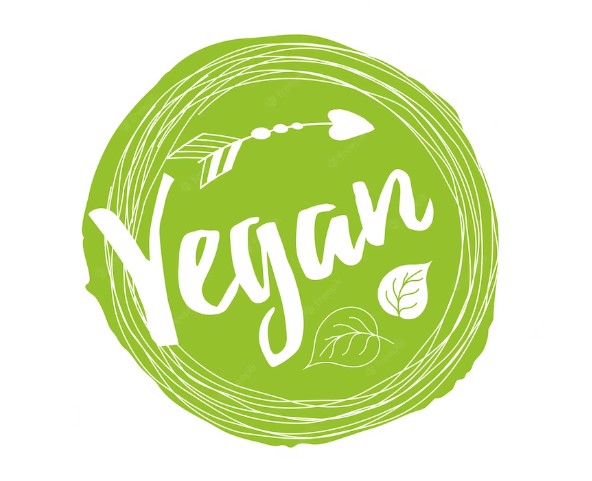


Laissez-vous séduire par notre poudre de curcuma équitable, produite par une coopérative haïtienne à Jacmel, selon les normes de l'agriculture biologique.
La racine de curcuma pousse à l'état sauvage dans les plaines d'Haïti, dans des sous-bois accessibles uniquement à pieds.
Elle est récoltée à la main, transportée à dos de cheval, puis séchée au soleil pour être ensuite transformée selon des méthodes traditionnelles anciennes dans des ateliers à Jacmel.
Donc, bien qu'elle réponde aux exigences actuelles du commerce équitable, elles ne peuvent recevoir le logo et les agriculteurs ne reçoivent aucune prime.
Aussi appelée safran des Indes, cette épice antioxydante est réputée pour ses multiples vertus.
Elle est riche en fer et en manganèse.
Elle parfume et colorie les riz, les viandes, les soupes et même les glaces.
Elle est également un excellent allié beauté.
Elle stimule la croissance des cheveux de tous types et les fortifie.
Elle est excellente pour tous les types de peau, grâce à ses vertus hydratantes, fortifiantes et antioxydantes.
 Une fois le paquet ouvert, nous vous conseillons de conserver le produit dans un endroit frais et sec, à l’abri de la lumière et de l’humidité, afin qu’il conserve toute ses qualités nutritives et gustatives.
Une fois le paquet ouvert, nous vous conseillons de conserver le produit dans un endroit frais et sec, à l’abri de la lumière et de l’humidité, afin qu’il conserve toute ses qualités nutritives et gustatives.
 Ce produit ne contient aucun allergène cependant il peut en contenir des traces (œufs, etc).
Ce produit ne contient aucun allergène cependant il peut en contenir des traces (œufs, etc).









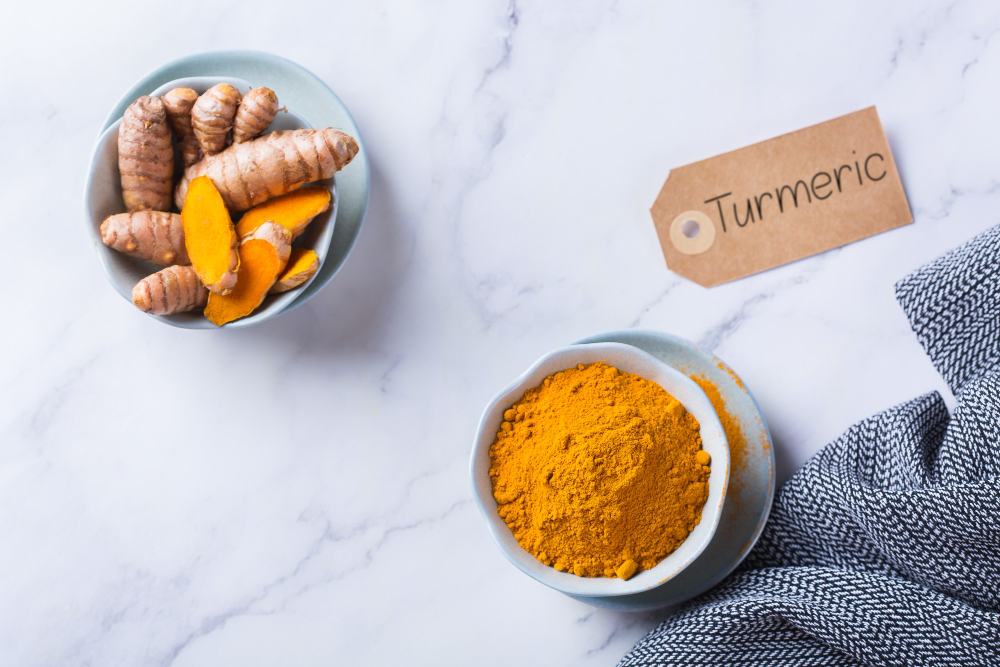
Le curcuma est une plante originaire de l’est de l’Inde, connue et utilisée depuis l'antiquité, en cuisine, en médecine traditionnelle et comme teinture.
En Europe, cette plante, introduite par les navigateurs, est mentionnée dans les écrits dès le VIe siècle.
Sa couleur rappelant celle du safran, elle est surnommée safran des Indes ( Crocus indicus ).

Ses rhizomes ressemblent à ceux du gingembre, dont ils se distinguent néanmoins par leur coloration jaune intense.
Le pigment de couleur orange (curcumine), extrait de cette plante tropicale par ébouillantage, est idéal pour la coloration du cuir, du coton, mais aussi de la soie fine.
Les très décoratives fleurs de curcuma sont de plus en plus prisées dans la floristique artistique et créative moderne.
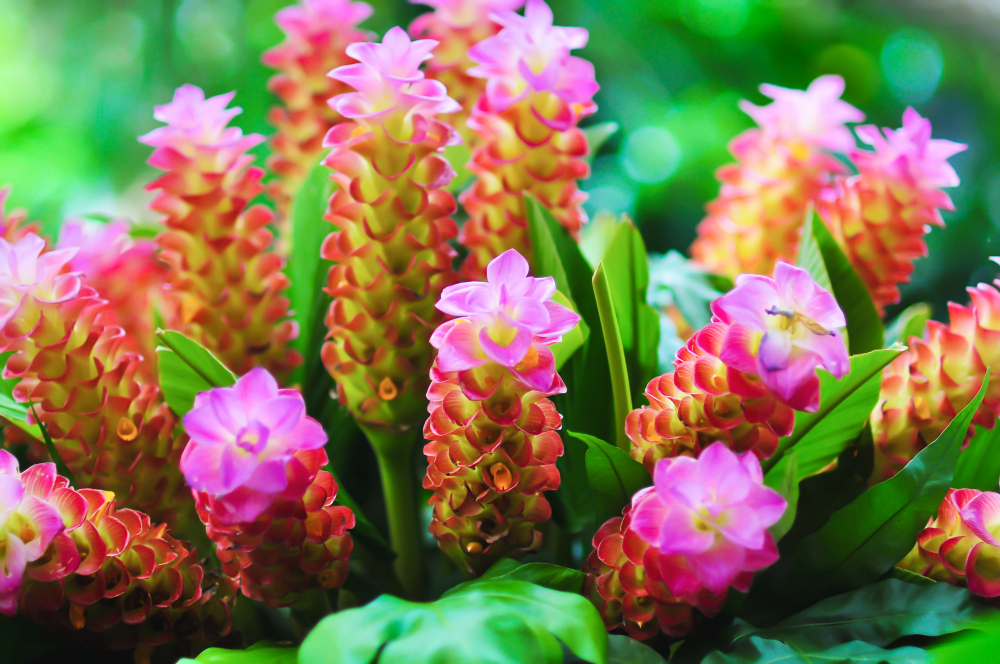
Notre curcuma et ses produits dérivés, commercialisés par HECOSFAIR, sont produits par une coopérative haïtienne, la COOPAAFA. basée à jacmel, dans le Sud-est du pays.
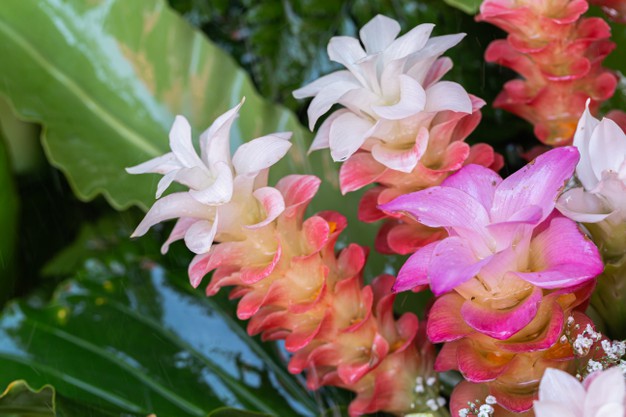
Ils sont soigneusement élaborés, sans conservateur, sans colorant, ni aucun additif, selon les normes de l'agriculture biologique et attendent leurs certifications.
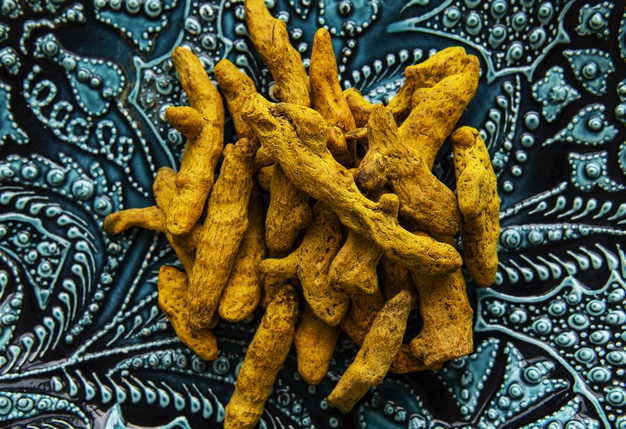
Donc, bien qu'elles répondent aux exigences actuelles du commerce équitable, elles ne peuvent recevoir le logo et les agriculteurs ne reçoivent aucune prime.

La COOPAAFA (coopérative agricole-artisanale des femmes en action) a été fondée en 2015 par l’ingénieure agronome haïtienne, Marie-Geoffrin Saint-Louis.
Elle est une coopérative de femmes et d’hommes qui produisent, transforment et commercialisent des produits alimentaires locaux bio sains et rares ainsi que de produits artisanaux fait-mains.
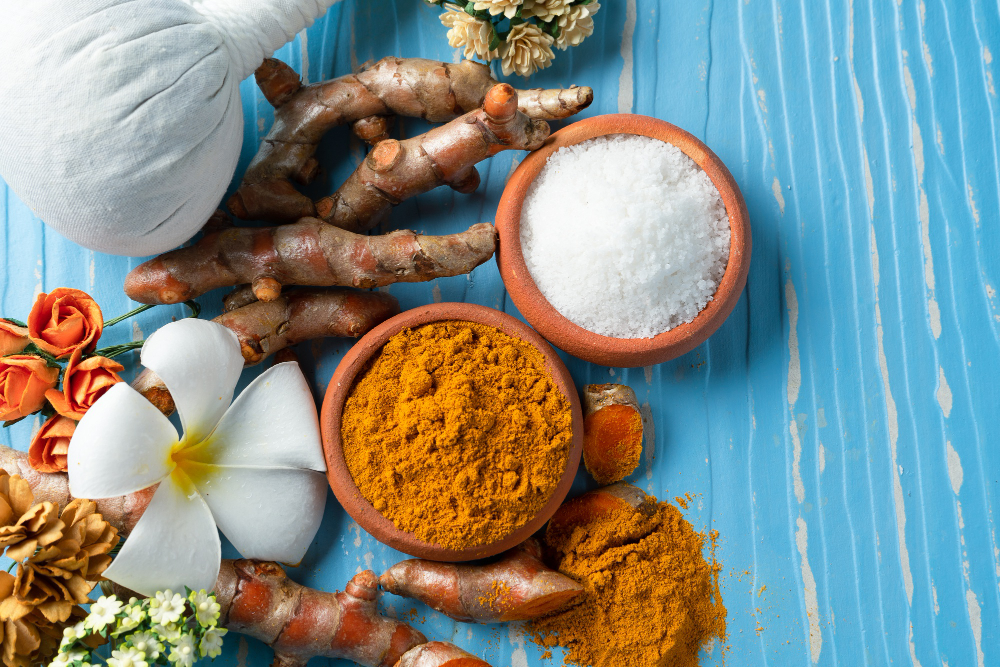
Ils sont utilisés dans la médecine naturelle moderne, pour soigner les maux digestifs. Et dans la médecine traditionnelle chinoise, ils sont utilisés pour la prévention de certaines maladies infectieuses et contre les affections des voies respiratoires et aussi pour fortifier l’organisme.
Le curcuma est connu de tout temps comme une plante médicinale qui active la circulation sanguine, fait baisser le taux de cholestérol et inhibe la coagulation du sang.
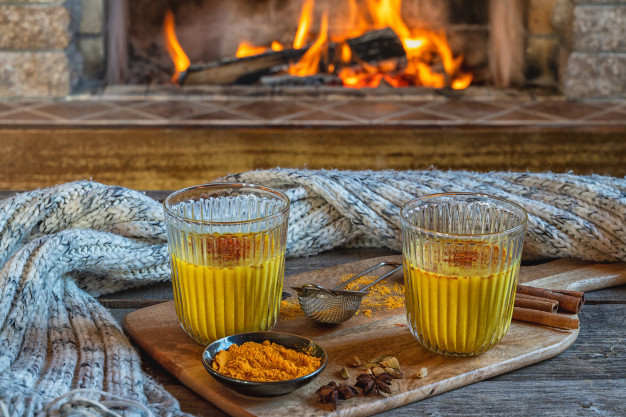
La poudre de curcuma curcuma est un des principaux ingrédients de mélanges de curry sans lesquels la cuisine. La poudre de curry classique se compose selon le cas de 20 épices différentes. Le curcuma lui donne sa pétillante couleur jaune, caractéristique aux mélanges de qualité supérieure.
Dans les pays classiques de culture, les pousses et les fleurs de curcuma sont elles aussi consommées crues, en tant que légume ou mélangées aux salades.
- 3 pommes de terre
- 3 navets
- 2 racines de curcuma frais
- 15 g de gingembre
- Coriandre
- 750g de carottes
- un bouillon de légume
Épluchez vos légumes et coupez-les en morceaux.
Mettez les tous dans votre cocotte minute. Faites les revenir avec un peu d’huile pendant deux-trois minutes à feu élevé.
Baissez le feu, rajoutez votre curcuma et votre gingembre, puis recouvrez vos légumes d’eau.
Laissez cuire une vingtaine de minutes à feu moyen.
Régalez-vous !
